You’ve made the decision to move forward with breast augmentation and now many questions may be swirling in your head. As your thoughts naturally shift from “what if” to “what’s next,” the question of recovery inevitably comes up—how long will it actually take to recover from breast implant surgery?
It takes the average person between four to six weeks to recover from breast augmentation. While a full recovery does take time, the most intensive phase of healing is shorter than you may think. We’ll break down a general timeline of what you can expect for recovery along with factors and signs to look for as you progress with your breast implants.
General Recovery Timeline From Breast Implants
Immediately After Your Surgery
Your body’s entire focus is on beginning the healing process. As the anesthesia wears off, you’ll feel tired and will experience soreness, swelling, and tightness across your chest. Rest becomes crucial.
Your surgeon may prescribe pain medication, which will curb discomfort, but don’t overdo even the simplest tasks. Having a trusted friend or family member to support you is not just a suggestion—it’s a necessity.
The First Week
The acute pain immediately post-op will subside and you’ll feel a more manageable feeling of soreness and general discomfort. Rest should still be your primary focus but short, slow walks around your house every few hours will help with circulation and prevent blood clots from forming. Throughout this entire first week, your surgical bra is non-negotiable and wearing this 24/7 is essential to minimize swelling, reduce tension on your incisions, and ensure your implants heal properly in your body.
The First Month
You’ll begin to feel much more like yourself again. The initial, intense swelling and bruising will noticeably decrease and you’ll likely be able to work within a week or two (although your surgeon will advise you on your progress at this time). Your surgeon may also approve light cardio, like walking. As for how your implants look, you’ll notice the implants begin to soften and settle into a more natural position on your chest.
The Second Month
Now is the time for you and your surgeon to check in on your status to begin gradually reintroducing more strenuous exercise back into your routine. If your surgeon allows this, listen to your body and start slowly. As each day progresses, your implants will keep softening and settling, making your breasts look and feel more natural each week.
After Month Two
While you may feel back to normal, your final aesthetic outcome is still taking shape. It takes a full three to six months for your implants to completely settle and for all residual swelling to disappear. Around this time is when most patients are cleared by their surgeon to resume all physical activities without restriction, allowing you to confidently return to high-impact sports, strenuous workouts, and an active lifestyle.
Factors That Affect Breast Implant Recovery Time
While the above timeline is a general and common guide for how recovery will go, it’s important to understand that your recovery journey is unique. The exact time it takes isn’t a “one-size-fits-all” number and your surgeon will help guide the decisions made during your recovery.
Factors that affect your recovery include your personal health profile—including your age, diet, and overall fitness level—lifestyle choices, and how well you follow your post-operative instructions. Wearing your surgical bra, avoiding high-stress activity for the recommended period, and attending all of your follow-up appointments are non-negotiable steps that keep your recovery moving in the right direction.
Tips for a Smoother Recovery
While healing is a natural process after breast augmentation, there are ways to keep your recovery as smooth and comfortable as possible, including:
- Prioritize rest and let your body do what it needs to in order to heal. Don’t underestimate the power of rest, especially in the days immediately after your surgery.
- Stay ahead of your pain by taking your prescribed pain medication on the schedule your surgeon provides, rather than waiting for it to become more severe.
- Keep your body fed and hydrated to ensure tissue repair, help flush out anesthesia, and reduce swelling.
- Stay active, but don’t overdue it. Short, slow walks around your home a few times a day promotes healthy circulation and helps prevent complications like blood clots.
- Avoid smoking and alcohol which can both seriously affect your recovery. Smoking restricts blood flow and oxygen to healing tissues, while alcohol can increase swelling and interfere with your pain medication.
- Trust your support garment and wear it exactly as instructed by your surgeon. You will likely wear this 24/7 for the first several weeks. It’s designed to minimize swelling and provide critical support.
When to Contact Your Surgeon
Your surgeon and their team are your partners throughout this process. You should contact your surgeon’s office immediately if you come down with a fever higher than 101°F, experience severe or escalating pain that isn’t relieved by your prescribed medication, or notice sudden, significant, or one-sided swelling, bruising, or hardness in one breast. You should also contact your surgeon if you notice redness, warmth, or foul-smelling drainage coming from your incision sites.
For any signs of a serious complication like sudden shortness of breath or sharp chest pain, call 911 or go to the nearest emergency room immediately.
You know your body best and your health is priority number one for everyone involved. Trust your instincts and always feel comfortable contacting your surgical team for a safe and successful recovery.


